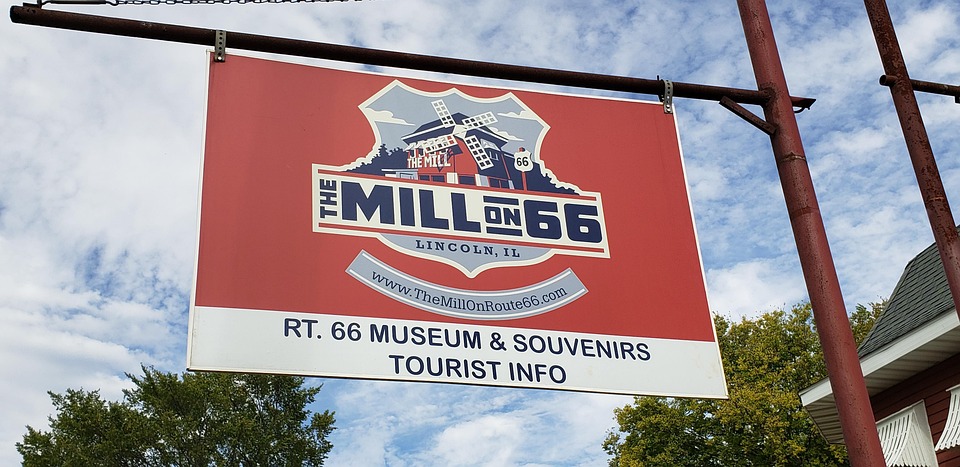Real-Time Strategy (RTS) games have captivated players with their intricate mechanics, strategic depth, and fast-paced action. At the heart of every compelling RTS is an understanding of unit types and combat dynamics, which can turn the tide of battle and determine the outcome of entire campaigns. This article delves into the fundamental mechanics of unit types, combat interactions, and their significance in shaping strategic gameplay in RTS titles.
The Role of Unit Types
In any RTS game, units can be broadly categorized based on their roles, abilities, and interactions within the game environment. Understanding these unit types is crucial for players seeking to optimize their strategies.
1. Infantry Units
Infantry units typically serve as the backbone of any army. They are generally versatile, easy to produce, and can adapt to various roles, from front-line combat to support. Key characteristics include:
- Types: Ranged, melee, and support units, each having distinct advantages and disadvantages in combat scenarios.
- Strengths and Weaknesses: Generally low in cost, they can swarm enemy units but might struggle against heavily armored or fortified positions.
2. Armored Units
Tank units offer significant durability and firepower, often serving as front-line behemoths. Their characteristics include:
- Defense: High health and armor ratings, making them ideal for absorbing damage.
- Impact: They can disrupt enemy formations but may move slower than lighter units, making positioning critical.
3. Aircraft Units
Air units add a dynamic layer to combat with their ability to engage from above. Their advantages include:
- Mobility: They can traverse the battlefield quickly, allowing for rapid strikes and intelligence gathering.
- Counterplay: These units can be vulnerable to anti-air defenses, necessitating careful management and strategic timing.
4. Siege Units
These units are designed for long-range bombardment and target destruction of fortified positions. Their features include:
- High Damage Potency: Capable of dealing devastating damage to structures and clumped enemy units from a distance.
- Vulnerability: Often lack the ability to defend themselves effectively against fast-moving ground units, requiring protection from other unit types.
Combat Dynamics and Interactions
Understanding how different unit types interact in combat is critical in RTS gameplay. The mechanics of combat can often boil down to a rock-paper-scissors dynamic, wherein:
- Countering Units: Certain units are inherently strong or weak against others (e.g., infantry counters siege units; armored units counter infantry). Players must leverage this dynamic to gain a tactical advantage.
- Terrain and Positioning: The battlefield layout significantly impacts combat outcomes. High ground, chokepoints, and cover can enhance unit effectiveness and increase strategic choices.
- Micro and Macro Management: Effective RTS play requires balancing micro (individual unit control) and macro (overall resource management) strategies. Mastery of unit command, including retreat and position adjustments, can shift the outcome of engagements.
Building the Perfect Army
To succeed in RTS games, players must learn not only how to utilize different unit types effectively but also how to build balanced armies that can adapt to ever-changing battlefield conditions. Here are key strategies:
1. Diverse Composition
A balanced army typically includes a mix of unit types. Combining infantry for flexibility, armored units for toughness, and siege units for long-range capabilities creates a synergistic force capable of tackling varied threats.
2. Adaptation to Opponent
Observing and countering opponents’ compositions is crucial. If the enemy focuses heavily on infantry, increasing the number of armored or aerial units can prove advantageous.
3. Resource Management
Efficient resource allocation—whether gathering materials for unit production or expanding territory—can dictate the pace of gameplay. Investing in unit upgrades and tech advancements can lead to powerful advantages in combat.
4. Strategic Positioning
For combat encounters, positioning units in advantageous locations, such as high ground or areas with natural barriers, can provide significant benefits.
Conclusion
The mechanics of strategy in RTS games revolve significantly around understanding unit types and the interactions within combat. Mastering these elements not only enhances gameplay but also deepens the strategic experience, allowing players to formulate complex strategies and adapt to ever-changing dynamics on the battlefield.
As players become more acquainted with the nuances of unit types and combat mechanics, they unlock the potential for innovative tactics and strategies, which can lead to unparalleled triumphs in the world of real-time strategy gaming.


